A WIDE SELECTION OF CONTACT LENSES IN NEWBURY PARK, CALIFORNIA
These include disposable soft contact, bifocal/multifocal, toric, and colored lenses. Whether you wear daily, weekly or monthly disposables, or conventional (vial) lenses, check out our selection of lenses at Oaks Optometric Center. Our goal is to fit you with contact lenses that give clear and comfortable vision.
Our Recommended Products:
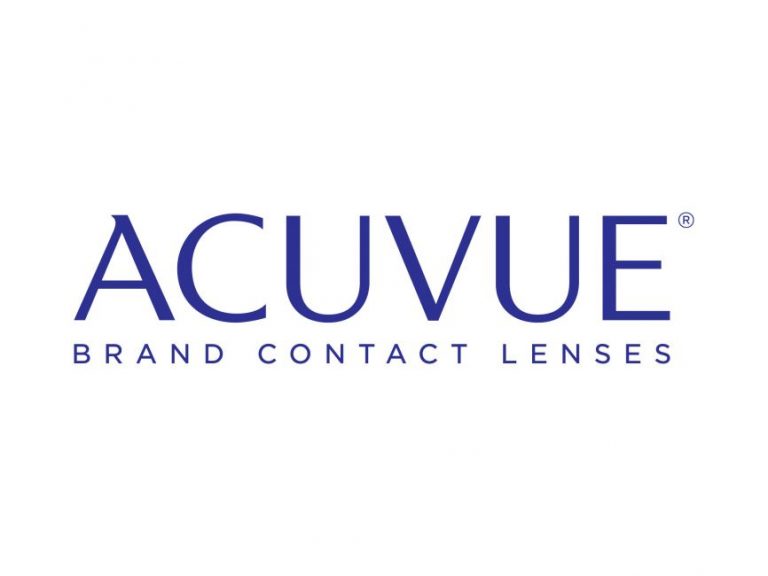
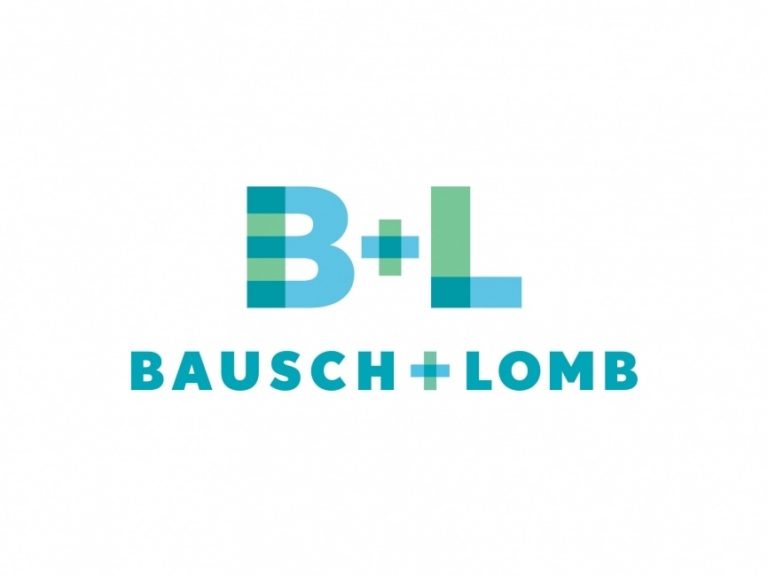
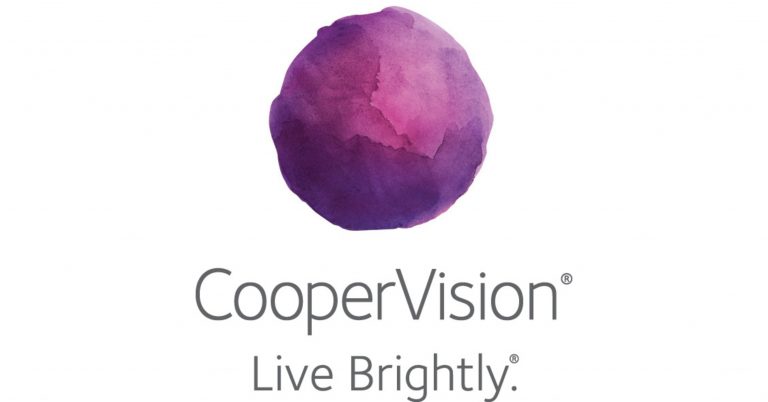

Our Contact Lens Services:
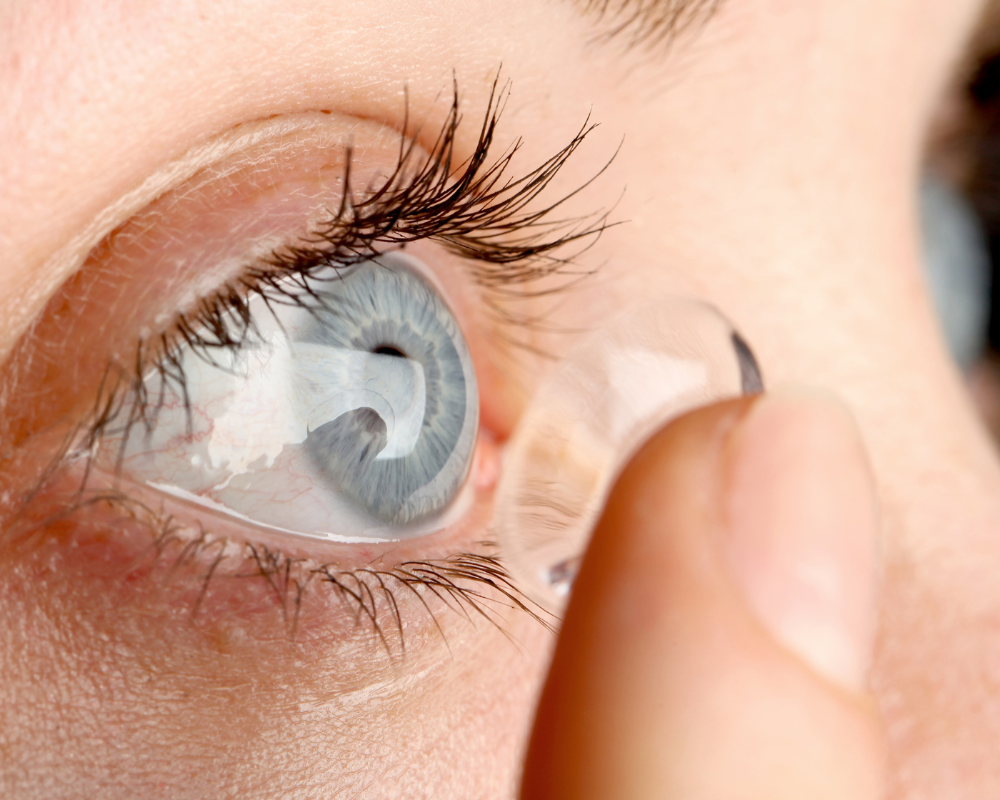
Disposable Contacts
Disposable contact lenses are generally considered to be far superior in comfort and wearability than hard and rigid lenses.
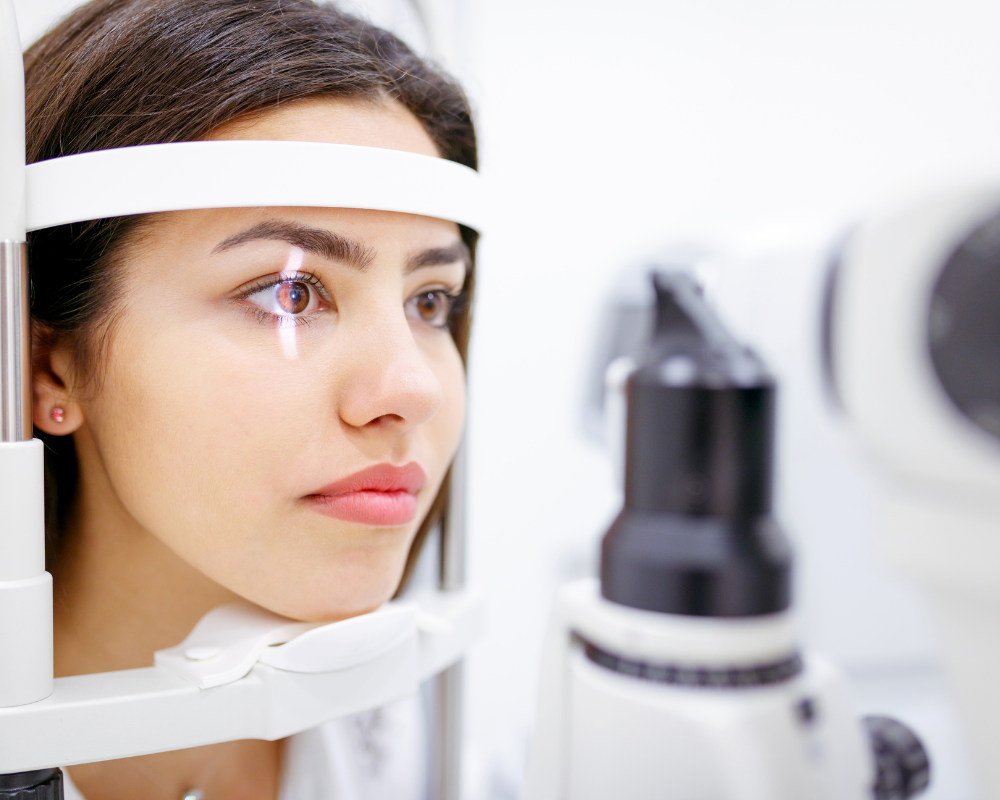
Eye Exams for Contact Lenses
A routine exam won’t provide some of the measurements and testing that are required to determine if your eyes are suitable for contact lens wear, and to generate your contact lens Rx.

Bifocal and Multifocal Contact Lenses
Fortunately for those who don’t like the look, feel or inconvenience of reading glasses, there is another option. Bifocal and multifocal lenses are also available in contact lenses in both soft and rigid varieties.
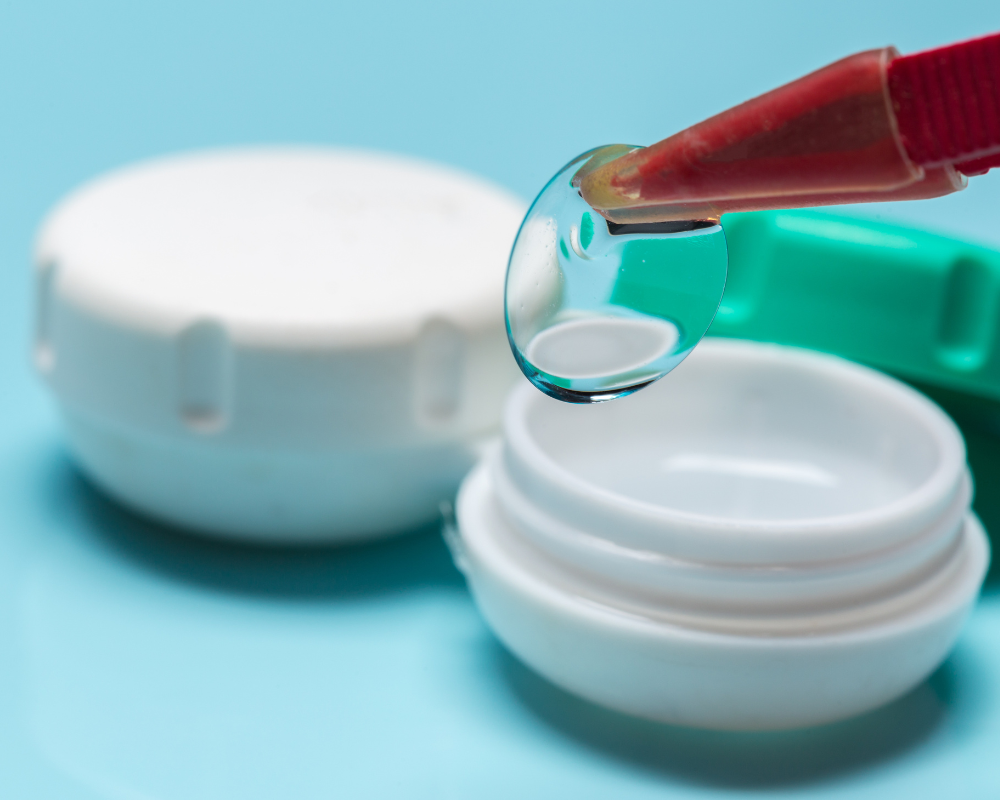
Gas Permeable (GP) Contact Lenses
These rigid lenses aren’t as popular or well-known as soft lenses, but they offer the advantages of durability, crisp vision and high oxygen permeability.
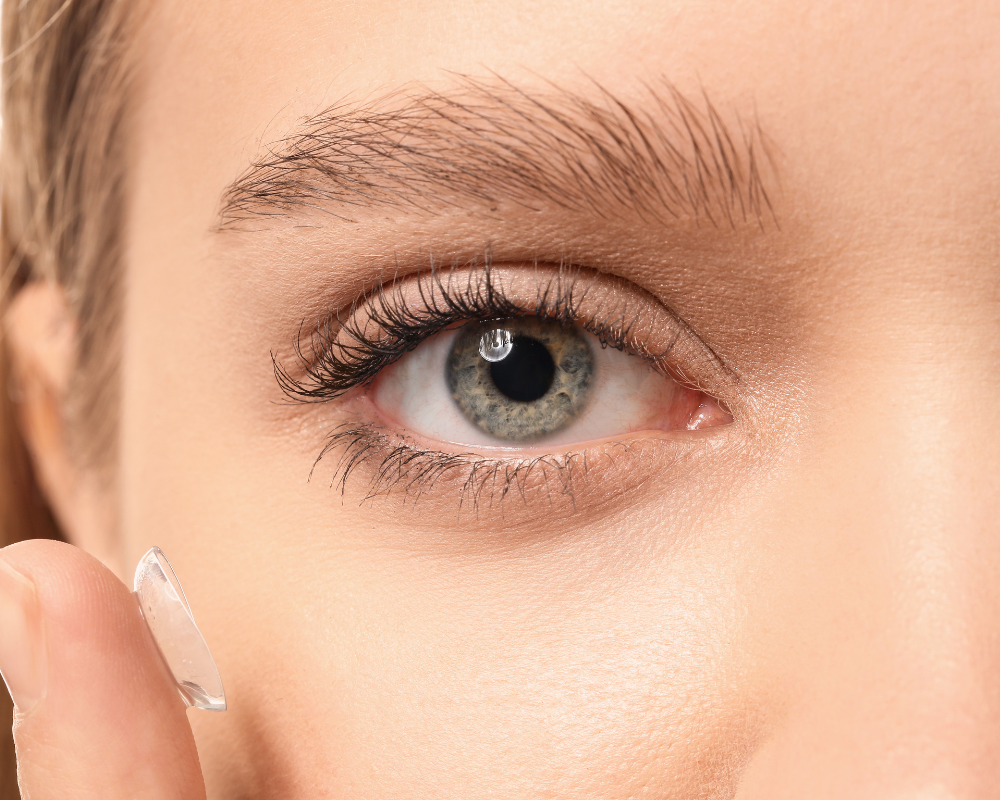
Contact Lenses for the "Hard-to-Fit" Patient
Challenges such as astigmatism, presbyopia, keratoconus and dry eyes needn’t be a barrier to contact lens wear, but they do require more time and patience.

Toric Contact Lenses for Astigmatism
“I can’t wear soft contacts; I have astigmatism.” This once-true statement is now simply a myth.
